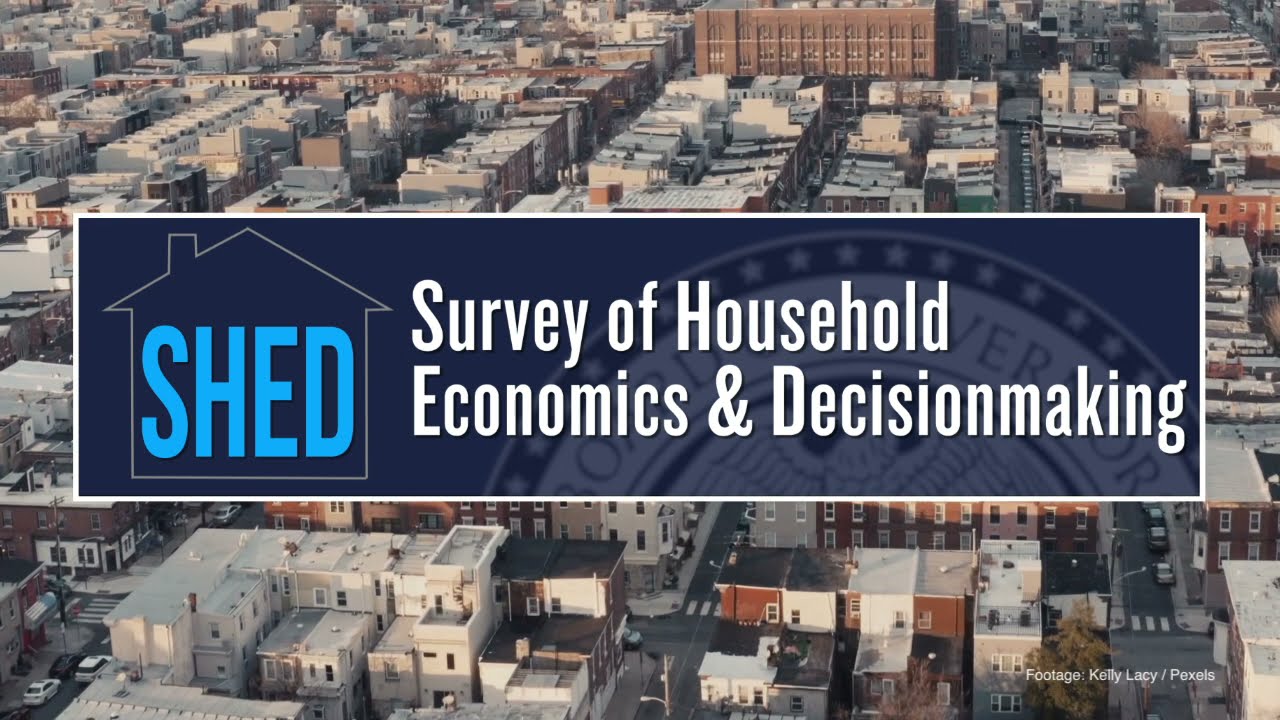ANNA ALVAREZ-BOYD. For the past eight years, the Survey of Household Economics and Decisionmaking has been used to track the financial well-being of U.S. households. The most recent survey, conducted in November of 2020, shows that at the end of 2020, 24 percent of adults were worse off financially than they were a year ago, up from 14 percent in 2019.
Nevertheless, despite an increase in setbacks due to the COVID-19 pandemic, most Americans were still managing financially at the end of 2020, with three quarters of adults saying they were at least “doing okay” financially. Based on the results of two supplemental surveys conducted during April and July of 2020, that number fluctuated along with economic conditions throughout the year. The overall stability in well-being masks the significant decline for those with less education. 45 percent of adults with less than a high school degree were doing at least okay – well below that seen in 2019. Additionally, the gap in well-being between those with a bachelor’s degree and those with less than a high school degree increased 10 percentage points since 2019.
Adults with less education were also more likely to have been laid off during this period.
20 percent of adults ages 25 to 54 with less than a bachelor’s degree were laid off in the past year. Layoffs were also particularly prevalent among Black and Hispanic adults. The current survey revealed that school closures and the shift from in-class to on-line learning, along with unavailable childcare had quite a significant impact on the economic well-being of families across the country. 22 percent of all parents in the survey were either not working or worked less because of disruptions to childcare or schooling.
These observations from the survey mirror the observations of community leaders around the country. ANNA ALVAREZ-BOYD. So, how have families in your region handled disruptions in childcare? KENDRA N. SMITH.
So, I really think that we’ve seen parents have to make quick decisions and kind of balance, not just their needs as working parents, but also the needs of their entire family. Do they stay home? Are they able to work from home? You know, if one child is maybe on a hybrid schedule and one is fully online, I think there’s a lot of long-term decision-making that’s had to be made.

BILL SCHLESINGER.
We’ve had staff who’ve left their positions just because of the stress level. We’ve got other staff who were flexible. They bring their kids to work with them. But that’s not ideal for us, them, or the children. So the stress level is taking its own toll, even with people as nimble as they can be and as creative as they can be.
ANNA ALVAREZ-BOYD.
The survey also found that while these difficulties with childcare affected all parents, the effects have been especially pronounced among mothers, and particularly Black and Hispanic mothers. 36 percent of Black and 30 percent of Hispanic mothers said they were not working or working less due to childcare disruptions. JOSHUA DOWNEY. We see more women dropping out of the workforce than men.
And let’s face it, we still have a significant gender pay gap, which I think is partially leading to it. But, unfortunately, it’s also a systemic problem that we too often times expect women to take care of the kids. ANNA ALVAREZ-BOYD. Findings such as these from the survey, help shed light on how families are faring in the aftermath of the pandemic. This and other such information are available in the report on the Economic Well-Being of U.
S. Households in 2020. To view or download this year’s full report, visit federalreserve.gov consumers communities shed..
